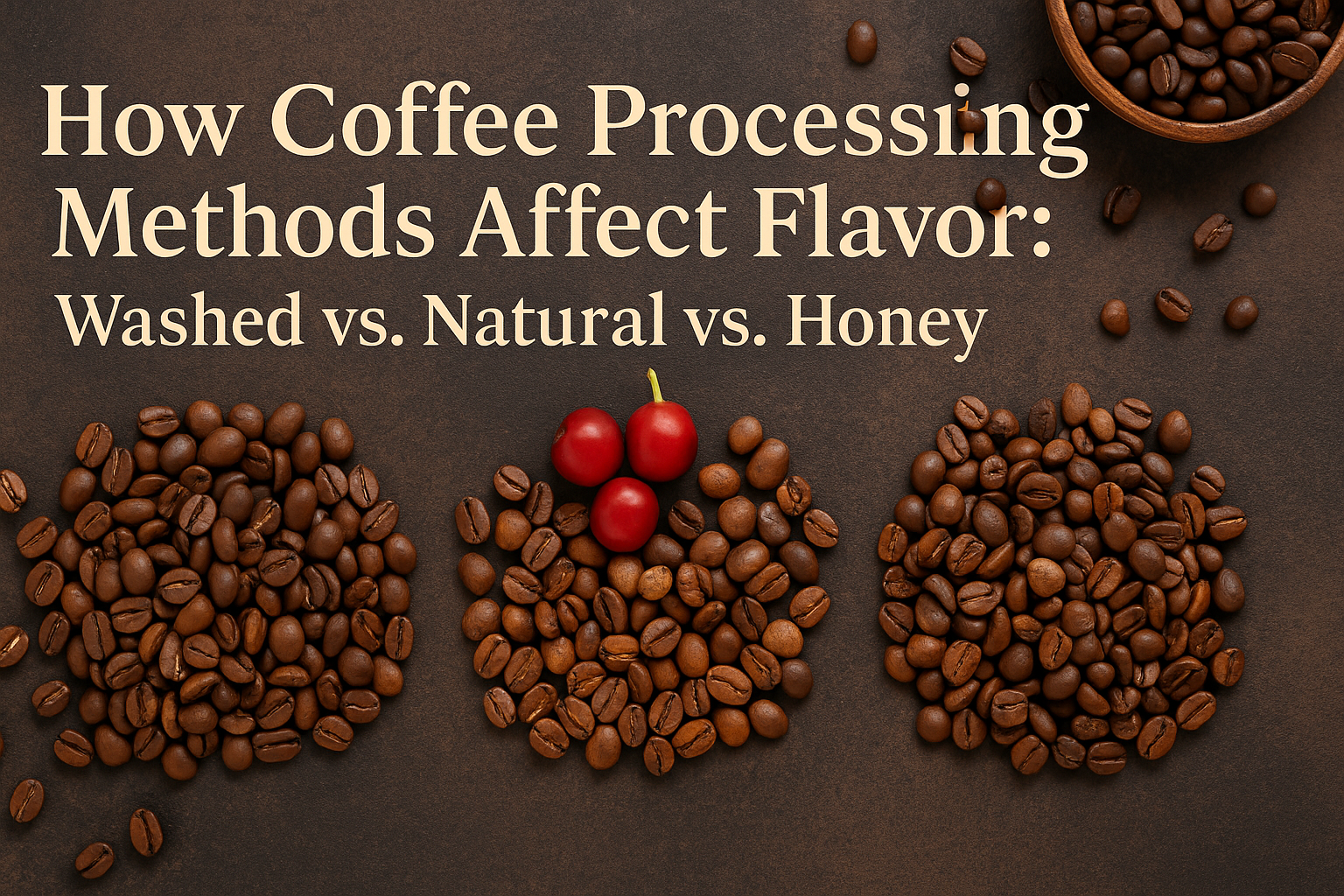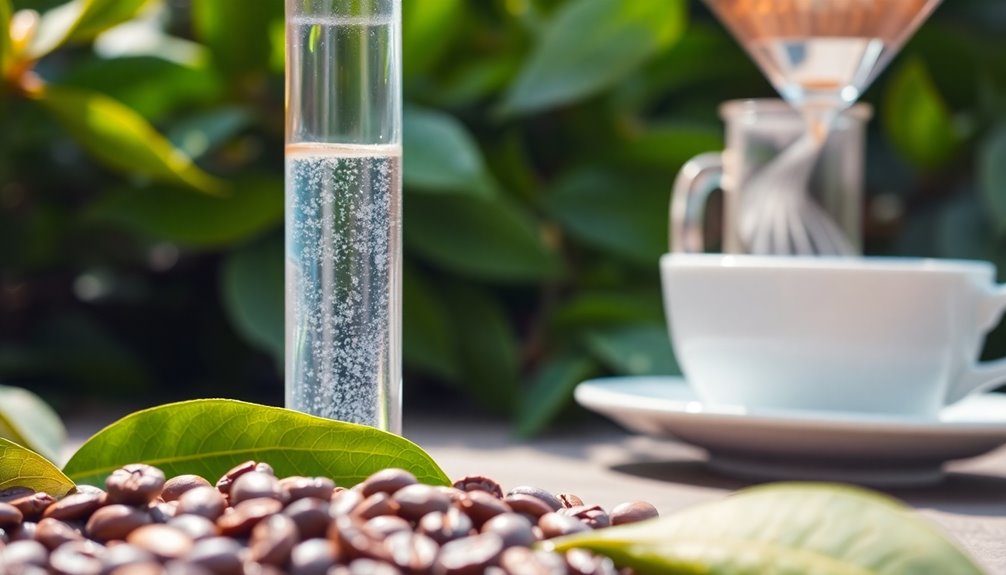The way coffee cherries are processed after harvesting has a significant impact on the flavor profile of the final cup. Understanding coffee processing methods can help you select coffees that match your personal taste preferences.
Why Processing Matters
Once coffee cherries are picked, the way they are dried, fermented, and cleaned influences the coffee’s:
- Acidity
- Body
- Sweetness
- Clarity
Each method highlights different characteristics.
Common Coffee Processing Methods
1. Washed (Wet) Process
How it works:
- Cherries are de-pulped to remove the fruit.
- Beans are fermented to remove mucilage.
- Washed with water and dried.
Flavor profile:
- Clean, bright, crisp acidity.
- Floral, citrus, and tea-like notes.
Examples:
- Ethiopia (Yirgacheffe washed)
- Colombia washed coffees
Pros:
- Consistent quality
- Highlights the origin’s characteristics
2. Natural (Dry) Process
How it works:
- Cherries are dried whole, with the fruit still attached to the bean.
- After drying, the fruit is mechanically removed.
Flavor profile:
- Fruity, sweet, jammy, wine-like flavors.
- Heavier body, lower acidity than washed coffees.
Examples:
- Ethiopia (Sidamo natural)
- Brazil naturals
Pros:
- Intense fruitiness
- Rich body
Cons:
- Higher risk of defects if not carefully managed.
3. Honey (Semi-washed) Process
How it works:
- Cherries are de-pulped but left with some sticky mucilage on the bean.
- Beans are dried with the mucilage intact.
Levels:
- Yellow Honey: Most mucilage removed → cleaner flavor.
- Red Honey: More mucilage → sweeter and fruitier.
- Black Honey: Maximum mucilage → rich, syrupy, fruity.
Flavor profile:
- Balanced sweetness and acidity.
- Fruity, with smooth body.
Examples:
- Costa Rica honey-processed coffees
Pros:
- Combines best elements of washed and natural.
- Sweet, clean, complex flavors.
How to Choose Based on Processing
| Processing Method | Best For |
|---|---|
| Washed | Lovers of clean, crisp, bright flavors |
| Natural | Those who enjoy fruity, full-bodied coffee |
| Honey | Fans of balanced sweetness and smooth mouthfeel |
How Processing Impacts Brewing
- Washed coffees: Excel in pour-over methods that highlight clarity.
- Natural coffees: Shine in immersion methods like French press.
- Honey coffees: Work well across multiple brewing styles due to their balance.
Final Thoughts
The processing method plays a crucial role in shaping coffee’s flavor, aroma, and body. By understanding the differences between washed, natural, and honey processing, you can make more informed choices and enjoy a wider variety of coffee experiences.








